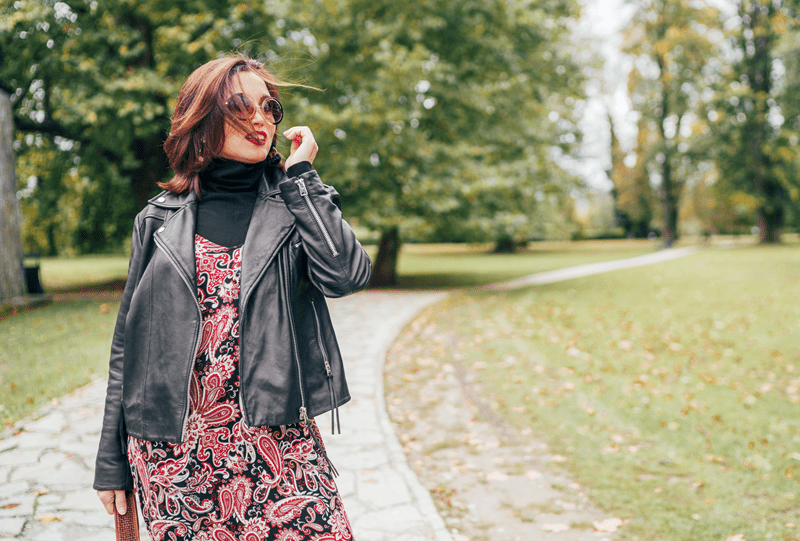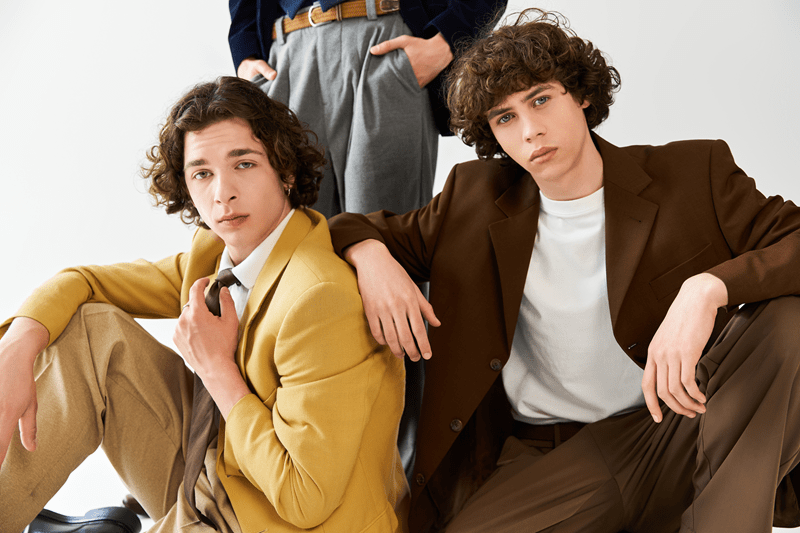
There is something very cool about an outfit with layers. A tee peeking under a shirt. A jacket thrown over both. Maybe a scarf or overshirt on top. It looks effortless, but when you try it yourself, it can quickly turn into “walking pile of clothes”. That is where smart layering outfits comes in.
Done right, layering makes you look taller, sharper, and more put together. It also means you are not freezing outside and sweating indoors five minutes later. The trick is to build outfits like a simple recipe instead of piling things on at random.
You do not need a huge wardrobe, just a few pieces that work together and a bit of patience while you experiment.
When you understand layering outfits, you suddenly get more use out of what you already own. A summer dress works into autumn with a sweater and boots. A T shirt becomes office friendly under a blazer. That hoodie you love becomes a mid layer under a smarter coat.
This is also the secret behind smooth transitional dressing. Those annoying in between months when mornings are cold, afternoons are warm, and nights are confusing. With layers, you adjust your outfit by peeling things off or adding them back, without changing your whole look.
Instead of having “winter clothes” and “summer clothes” in two separate boxes, you start building a wardrobe that overlaps and stretches across seasons. Way more practical.
Let us keep it simple. Layers should go from fitted closest to your body to looser on the outside. Think slim tee, then shirt, then jacket. Or thin turtleneck, then cardigan, then coat. This kind of light layering keeps you warm without making you feel like you cannot move your arms.
Fabric weight matters too. Start with lighter materials inside and save thicker knits and coats for the top. If every layer is heavy, you will feel like a blanket. Mixing cotton, thin wool, and a structured jacket gives warmth, structure, and comfort at the same time.
Good layering also creates gentle lines and shadows, which is what people are really reacting to when they say an outfit has great outfit depth. You are basically drawing with fabric. Long over short, light over dark, textures over basics. Small choices, big effect.
We all know those days when the forecast cannot make up its mind. You leave home freezing, sit in an overheated office, then walk back out into a chilly evening. This is where transitional dressing really helps.
Build your look around a solid base you would be happy to wear all day. Maybe jeans and a tee, or a simple dress, or chinos and a light knit. Then add one or two removable layers: a shirt worn open, a cardigan, a light jacket. This is still light layering, not a full winter stack.
Men might go for a T shirt, overshirt, and packable jacket. Women might try a slip dress, thin turtleneck underneath, and denim jacket on top. You can peel off a piece indoors and still look like you planned your outfit, not like you are half undressed.
Cold days need more strategy. Instead of one huge bulky coat and a T shirt, think in three levels of winter layers. A breathable thermal or long sleeve base, a warm mid layer like a sweater or fleece, and a wind breaking or water resistant top layer.
This way, you trap warm air between layers and adjust as you move between places. It is weirdly common sense, but most of us still learn it the hard way. The best part is that those mid layers can also work solo when the weather softens.
You can still create outfit depth in cold weather by playing with color and length. A longer coat over a shorter jacket. A contrasting hoodie peeking out from under a wool coat. When winter layers are different lengths and shades, your look feels intentional instead of bulky.
One common layering mistake is using only soft pieces. Hoodie on sweatshirt on slouchy tee. Comfortable, yes. Sharp, not really. That is where structured layers earn their place.
Think blazers, trench coats, tailored wool coats, denim jackets, or even a cleaner bomber. These pieces give your outfit shape. They square off the shoulders a little, define your frame, and keep everything from collapsing into a pile of fabric.
You can totally wear a hoodie under a structured coat, or a flowy dress under a sharp blazer. The contrast between relaxed inner layers and structured layers on top looks modern for both men and women. It also means your lazy day base can still look dressed up once you throw the right jacket over it.

If you are a guy who normally wears just a tee and jeans, start small. Add a casual shirt worn open on top. Later, add a light jacket over that. Suddenly, you have two or three layering outfits options from the same pieces.
A simple stack could be: T shirt, flannel shirt, denim jacket. Or shirt, lightweight knit, unstructured blazer. In colder months, switch the jacket for a parka or wool coat and keep your base similar.
Play around with color while you are at it. Dark jeans, a grey tee, and a camel coat. Navy chinos, white tee, olive overshirt. Layers give you room to experiment without feeling too loud, because no single piece has to carry the whole look.
For women, layering can be both practical and fun. Try a slip dress over a fitted tee, then add a leather jacket or cardigan. Or pair straight jeans with a tank, an open shirt, and a longline blazer. That is already a lot of interest for very little effort.
When it is colder, build around tights, boots, and winter layers like thick cardigans and long coats. A turtleneck under a dress, with a coat on top, keeps you warm while still showing your shape. Belts can help pull everything together and stop layers from looking too loose.
Accessories are part of the game too. Scarves, hats, and bags all add to the story and increase visual outfit depth. A bright scarf over a neutral stack of layers gives a focal point without changing anything else.
In the end, the best layered looks are the ones you can actually move in. Raise your arms, sit down, zip your coat, carry a bag. If something pulls or feels awkward, adjust a piece or remove a layer. Comfort is not the enemy of style. It is what lets you look relaxed in your clothes instead of trapped.
Start with a few formulas that you know work and repeat them with different colors and fabrics. As you get more confident, you will naturally start improvising. That is when layering becomes fun instead of confusing.
With smart planning, layering outfits can carry you through seasons, temperature swings, and style moods without needing a whole new closet. Just good pieces, stacked with intention, and a bit of playfulness every time you get dressed.
This content was created by AI